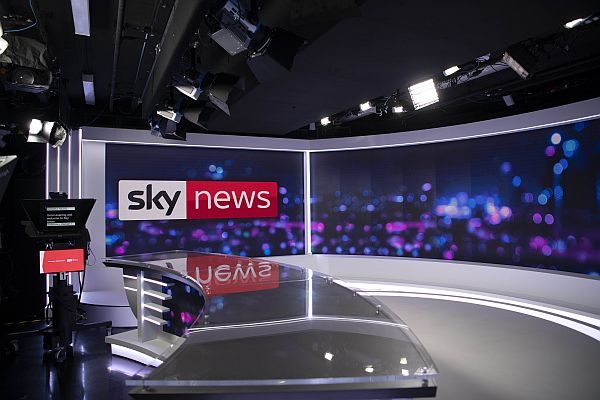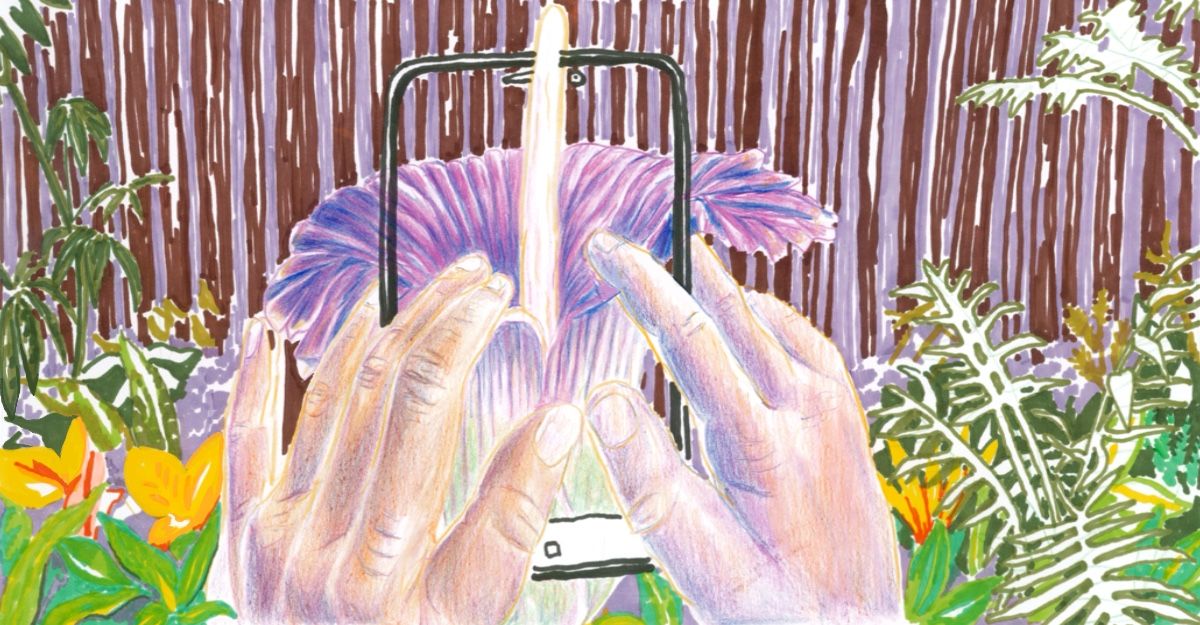It is now six months since Australia’s News Media Bargaining Code was passed into law, and it presents an opportunity to assess the impact of this controversial piece of legislation.
The Code entrenches large tech companies as the default distribution network for professionally produced news content. Almost immediately after it became law, major news organisations finalised deals worth tens of millions of dollars with Facebook and Google, and increased their headcount. (However, the opposite is true for regional news outlets in Queensland and Victoria who have seen job losses.) In facilitating these deals, the Code may have addressed parts of the sector’s economic problems, but it has also exacerbated its societal ones, including the increasing dominance of false and sensationally polarising content. By inviting news providers to join the platforms they cannot beat, the legislation effectively commercialises all news content. Even public service content is now reliant on the attention it can generate on platforms like Facebook and Google News to reach an audience.
The playing field provided by online platforms is not a level one: commercial algorithms amplify sensational content with a dangerous disregard for its veracity or its value to public debate. It came therefore as no real surprise when a report recently (and reluctantly) released by Facebook revealed the most viewed link on its site in early 2021 was an article that implied, without any evidence, that the COVID-19 vaccine may have been responsible for the death of a Florida doctor.
The article was not from some disreputable conspiracy site, but rather, it was published by a traditional news media outlet, the Chicago Tribune, under the headline: ‘A ‘healthy’ doctor died two weeks after getting a COVID-19 vaccine; CDC is investigating why.’ The story, which did not provide any evidence that the vaccine was at fault, was perfectly calibrated for social media optimisation, and rapidly generated click-bait headlines in outlets like The Daily Mail (‘Wife of ‘perfectly healthy’ Miami doctor, 56, who died of a blood disorder 16 days after getting Pfizer Covid-19 vaccine is certain it was triggered by the jab …’). The virtue of such stories, from a commercial perspective, is that their controversial character attracts attention from conspiracy theorists and their detractors alike – and attention is the coin of commercial platforms.
Tech platforms do not see themselves as publishers. The defining fiction of the platform metaphor is that these companies simply display the information that users of various kinds place on their services; the reality is that there is far too much content for that. Much like editors, platforms are placed in the position of deciding how best to curate the content that appears in people’s news feeds. Since they do not see themselves as publishers, let alone news editors, their automated decision systems are calibrated to the twin goals of ‘stickiness’ (keeping people on the platform) and engagement, regardless of truth value. The animating force behind how platforms organise content is their business model, which works by keeping people on their devices so they can be shown advertisements. It is for this reason that content that stokes a sensational response – either positive or negative, true or false – does so well on commercial platforms. And this is the system that Australian news media outlets are now reliant upon to shore up their economic model.
This distribution mechanism works better for some news organisations than others. Most obviously, it favours the Murdoch outlets’ version of commercial infotainment that privileges sensationalism and polarisation over nuance or understanding. This is an approach to journalism with a long historical legacy that has been given a fresh lease on life in the digital era, thanks to the rise of commercial platforms that privilege short-form attention grabbing content.
Sky News, for example, exploited this model before the implementation of the Bargaining Code by thinking beyond the traditional television audience and taking advantage of the fragmentation of media markets by the rise of pay TV and the Internet.
For years, Sky News has produced content that catered to oversees conspiracy theorists and extremists (predominantly in the much larger US market) watching online, thereby greatly amplifying the audience for which it shared advertising revenues with YouTube. This strategy allowed it to attract an online audience far out of proportion to its comparatively modest domestic television ratings. Thanks to commercial media platforms, making content for the US alt-right became an effective economic strategy for supporting an Australian news outlet. The Bargaining Code further entrenches the dominance of Sky News and incentivises other news outlets to follow suit. Misinformation has never simply been a social media problem: it is a mainstream media problem also.
We are already starting to see the results of the anticipated windfall of platform revenues in Sky News’s recent launch of its regional free-to-air news channel. Ironically, the launch coincided with YouTube’s suspension of Sky New’s channel for spreading Covid-19 misinformation. This has much to tell us about the model prepared for the Australian news sector by the Bargaining Code, which links revenues not to performance in the domestic market, but in the vast information morass fed by giant commercial platforms – for which news is simply another fungible commodity to be monetised alongside cat memes, listicles and gaming videos.
As if to highlight this equation, News Corp Australia (owner of Sky News) announced a partnership with Google to launch an Australian ‘journalism academy’ that will train current and future reporters in the ‘commercial realities’ of today’s media environment – referring apparently, to the clickbait imperative reinforced by the Bargaining Code.
It is worth emphasising that Google is not a journalistic organisation, and never has been. This new academy places journalism under the aegis of the largest advertising company in the world. It is testimony to the pressure faced by journalism that a model that would once have been seen as a fundamental threat to the proverbial firewall between editorial and advertising is being framed as the future of journalism.
*
If the experience of the pandemic is anything to go by, we can only expect things to get worse when it comes to the climate crisis. As Ketan Joshi has reported, at one point the top rated story on Google News for the search ‘Germany solar’ was a fabricated story from Australia that falsely claimed that German renewables failed during a cold winter front. Where did this misinformation come from? None other than Sky News. Under the Bargaining Code, Google and Facebook will pick news outlets to showcase, and one of these will by Sky, while smaller outlets, like Renew Economy, in which Joshi publishes, are left out in the cold by Google.
There is another path to that of the wholesale transformation of journalism into clickbait. Whatever its faults may be, Australia’s public service media sector has long played an important role in providing a shared set of reference points across regional and metropolitan Australia. It is difficult to overstate but perhaps too easy to underestimate how important it is for a dispersed and diverse nation to have a public service media system tethered to distinctly Australian concerns providing a common basis for discussion and public debate. The Bargaining Code pushes toward a model – already trialled elsewhere with alarming results – wherein major commercial media outlets enter into a politically toxic symbiosis with online media platforms, recirculating the content that gets the most ‘engagement,’ regardless of its social consequences. In tying revenues to performance on platforms like Google and Facebook, the Bargaining Code makes the domestic media system increasingly reliant on commercial entities with no particular commitment to Australian concerns or democratic values.
In this respect, the Code exposes a failure of imagination on the part of policy makers. Action is indeed needed to support news and journalism in the face of the reconfigured business environment, but Google and Facebook are not the answer to everything. Simply hitching a faltering industry to Silicon Valley’s model of surveillance capitalism is unlikely to serve Australia’s interests in the long run. If we are interested in a robust media sector to underpin Australia democracy, it would make more sense to turn to funding mechanisms that minimise the role played by advertising, rather than making all media more reliant on the invasive and largely unaccountable model of data-driven ad targeting.
The journalism scholar Victor Pickard has outlined a range of approaches to supporting independent and public service media, as well as subsidising commercial outlets. These include taxes on monopolistic platforms like Google and Facebook, or on devices and spectrum allocation, as well as the pooling of philanthropic support. Such approaches may be anathema to those who oppose taxes, but the Bargaining Code also operates as a kind of tax on platform monopolies – one that incentivises media practices with destructive social consequences. Rather than supporting a rich mix of independent, commercial and public service news outlets, it subjects all news to the commercial imperatives of the largest advertising companies in the world. Australia has a strong legacy of public service and niche independent media that should be updated and bolstered rather than relegated to the mercy of giant US tech platforms.






